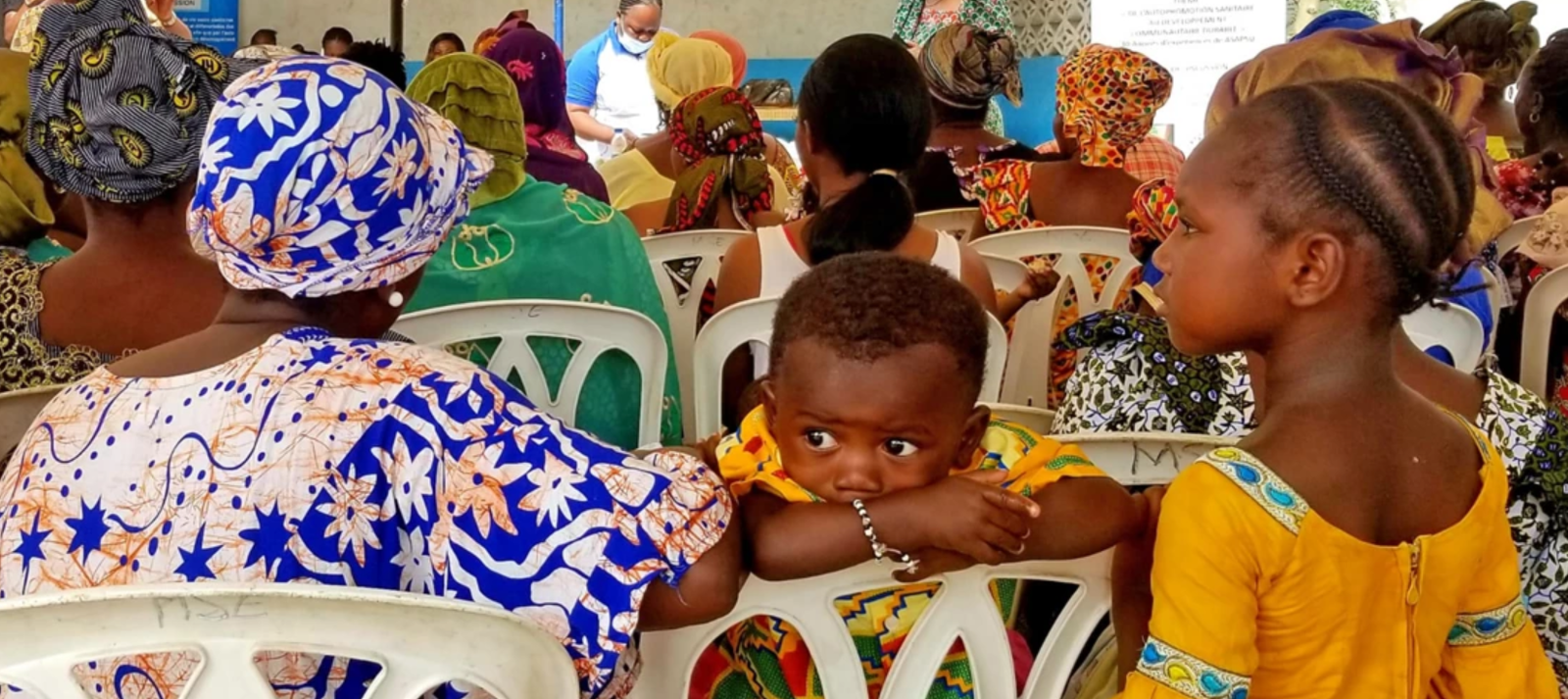In Cote d’Ivoire, there has been clear progress in the health of women, children and adolescents over the last few years. But still, this is not enough.
My family knows this all too well. When my sister gave birth a few years ago, her newborn baby needed urgent and expensive medical attention to survive. In another context, the baby might have lived but finding affordable, accessible services for her proved out of reach.
Sadly, our story is not unique. Too many other families are dealing with this unimaginable tragedy. Good care during pregnancy is still inaccessible, health facilities lack the necessary equipment and there aren’t enough midwives to help ensure safe deliveries and attend to the baby’s needs. Care can also be unaffordable, with families paying over 40 percent of the cost, further entrenching communities in poverty and vulnerability.
Multifaceted challenges need a comprehensive approach.
With support from partners such as the Global Financing Facility for Women, Children and Adolescents (GFF), my organization Association de Soutien à l\’Auto Promotion Sanitaire Urbaine (ASAPSU) is working to drive action in multiple ways.
First, we work with communities and the government to help make services more affordable for all. Over the past few years, our government embarked on a journey to expand health insurance coverage, a game-changer for a lot of families who cannot afford care. A recent CSO-led study, supported by the GFF, on how to make health insurance more responsive to community needs included policy recommendations which helped spark a dialogue with the government. We also continue to share information with communities, so they know this benefit exists and how to sign up for it.
Second, we engage with national and local governments to ensure health resources for women, children and adolescents reach the most vulnerable communities in both rural and urban areas. For example, we are working directly with city councils in highly populated suburbs where youth make up 70 percent of the population. One recent success is the implementation of a tracking tool that monitors the supply of sexual and reproductive health commodities. This is helping ensure more adolescents can access the products they need to have more autonomy over their own bodies and futures.
Third, we leverage the power of youth advocates around sexual and reproductive health and rights (SRHR), including family planning. This is especially critical given the high rates of adolescent pregnancy, resulting in more school dropouts. When equipped with the right information, youth can not only make choices about their health but also become peer educators. Many of them have become trusted advisors in their communities, spreading awareness on contraceptive options and other SRHR services through referrals to dedicated centers like ours. Our goal is to empower youth and dramatically reduce pregnancies among teenage girls, enabling them to stay in school and have an opportunity to lead healthier, more productive lives.
Finally, we ensure that refugees and displaced communities are not left behind. The people in these communities – most of whom are women and children – live in precarious conditions, without access to health care, education and employment opportunities. Over the past year, we have intensified our efforts to make sure these communities are included in national health planning. We work on campaigns to share relevant information about health practices and available services and encourage health providers to work with communities on joint solutions to address their specific needs. Through this dialogue we have been able to identify bottlenecks and services gaps and are implementing action plans to improve their access to care.
Stronger advocacy, prioritization and collective ambition can help move the needle.
We are at a critical point. Progress is slowing down and spending on health is stagnating amid the many crises facing the world today – climate change, increased conflict and mounting debt. While the challenges are immense, what makes me optimistic is the collective effort of governments, partners, communities and advocates to drive change. We see firsthand what happens when more resources reach communities – health centers are better equipped, more midwives to ensure safe births, adolescents can access SRHR, and affordable quality health care is accessible. This is a gamechanger for individuals, communities and countries.
We have the knowledge and solutions to address challenges. If we continue to align our efforts to ensure this agenda remains a priority and mobilize resources, we will improve the health and opportunities for women, children and adolescents in Cote d’Ivoire.
source:blogs.worldbank.org



